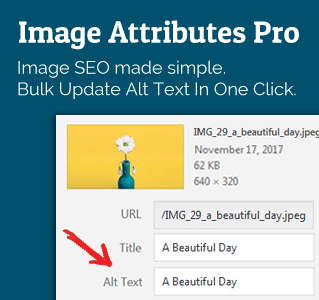Every investment comes with underlying risk. This includes gold, real estate and our parents favourite investment instrument, fixed deposits.
In general, the lower the risk, the lower the return. The opposite is often true to an extend, but on the higher end when risk reaches “gambling” levels, the return or the possibility of higher return might not be proportionally high.
There are many seemingly fancy words for different kinds of risk. If you Google for “investment risks” you can read them for an entire afternoon while you soul sinks into an abyss of hopelessness.
If you are asking, “what is the safest investment”, then you are asking the wrong question. The key is to first understand your risk appetite and second, to understand the underlying risks of any investment.
Risk Appetite?
Simply put, your risk appetite is the amount of risk you are able to take with a reasonable margin of safety. To even simplify, it’s how much risk you can take and be comfortable even if the worst possible outcome happens.
An example: Let’s say you are planning to buy a vehicle in the next three years without a loan. You decide to “put” your savings into stock market. Your amount is growing well but as you get closer to your three year goal, March of 2020 happened (huge crash!). Your corpus is down by 65%! You simply cannot buy the car at your goal date.
For a short term goal of three years, you should not have invested 100% of your funds into a high risk instrument like stock market.
On the other hand, stock markets have bounced back right now, so if your goals were 10+ years away, you wouldn’t have felt the “burn” of March 2020.
In general, you can have a higher risk appetite:
- If you are debt free.
- If your goals are many many years away (5+ and 10+ years).
- If you are early into your earning years. Typically people start earning in their 20’s and up to their mid-50’s. Even if you loose everything you saved up in your 20’s, you still have plenty of time to earn them back. (Not saying that you should loose them all and gamble, just an extreme example.)
- If you have no financial dependants. When you are young and unmarried, you have this advantage, so start early!
- You have your basics covered. These include emergency funds and insurance for financial dependants.
Asset Allocation
A term that goes along with risk is asset allocation. It is simply a measure of how much your investments are allocated to a specific investment instrument or category.
For example, if you have a total of 1 lakh INR (100,000 INR) and you put 50% of that in to a bank Fixed Deposit and with the other 50% you bought a stock of a company, your asset allocation is 50% in low risk instruments and 50% in high risk instruments.
Here is a good thumb rule that I like. I have a high risk appetite (nothing to brag about, just plain lucky and my goals are many years away) and it applies to me. If your risk appetite is low, you might want to find a different one.
- Subtract your age from 100. Allocate that to high-risk-high-reward instruments.
- Invest the remaining in low-risk instruments.
- Adjust investments (in other words re-balance your portfolio) as you grow older.
- In the last 5 years of your goal, re-balance aggressively in a way that by the time you reach your goal year, 100% is in low-risk instruments.
- As an example: If you are 25 years old, 100 minus 25 is 75. Invest 75% of your entire investment portfolio in high-risk instruments and 25% in low risk.
Understanding Risk
Knowing various risks is just as important as knowing your risk appetite. This is where you need to do your own research or seek the help of a professional and pick instruments that will deliver in the long term.
You do not have to aim for the “maximum” return. Try not to be greedy.
My grand father used to say that planting a fruit-bearing tree is a good investment. Even if the tree doesn’t grow long and thick (so that it can be cut down for wood), you can enjoy the fruits every year and the investment won’t be a total loss.
By this logic, my father preferred planting fruit bearing tress (example jack fruit) instead of Teak. And now my parents have a wide supply of fruits around the house.
In the same way, if you invest carefully, even if you do not end up with huge profits, you might not loose all your principal.






Leave a Reply